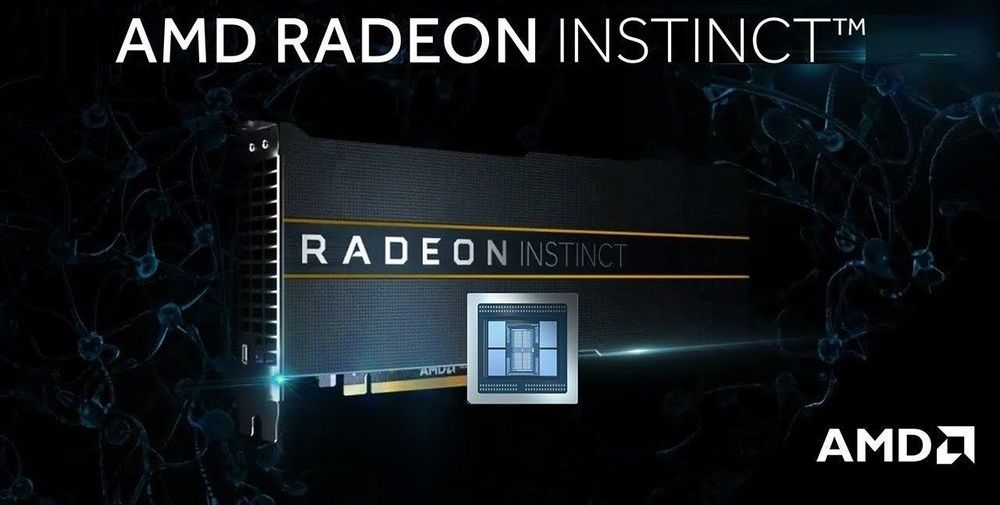Researchers devise an on-off system that allows high-fidelity operations and interconnection between processors.
MIT researchers have introduced a quantum computing architecture that can perform low-error quantum computations while also rapidly sharing quantum information between processors. The work represents a key advance toward a complete quantum computing platform.
Previous to this discovery, small-scale quantum processors have successfully performed tasks at a rate exponentially faster than that of classical computers. However, it has been difficult to controllably communicate quantum information between distant parts of a processor. In classical computers, wired interconnects are used to route information back and forth throughout a processor during the course of a computation. In a quantum computer, however, the information itself is quantum mechanical and fragile, requiring fundamentally new strategies to simultaneously process and communicate quantum information on a chip.





